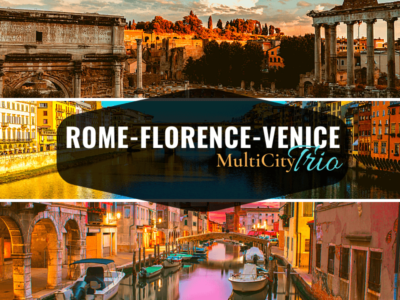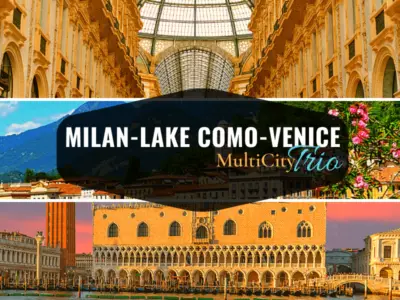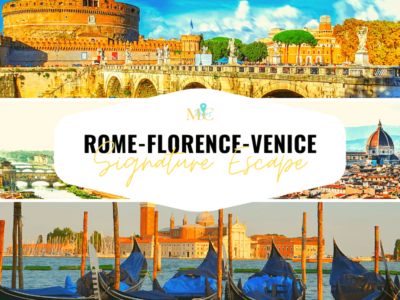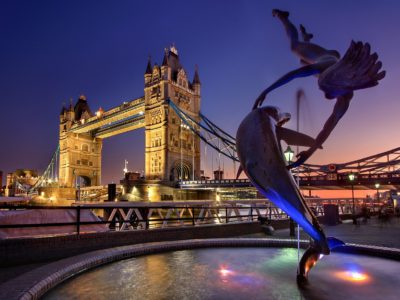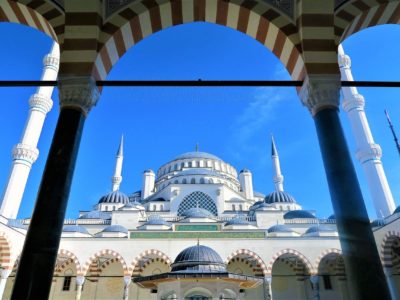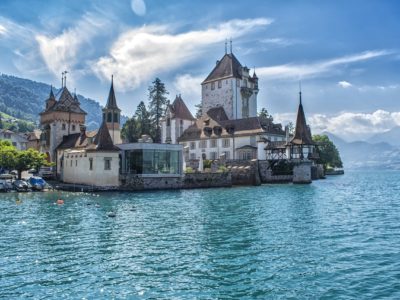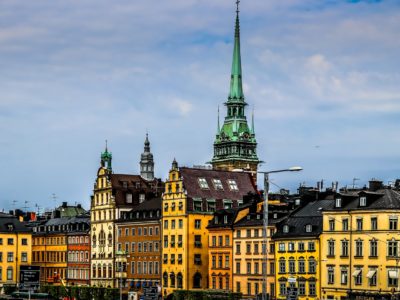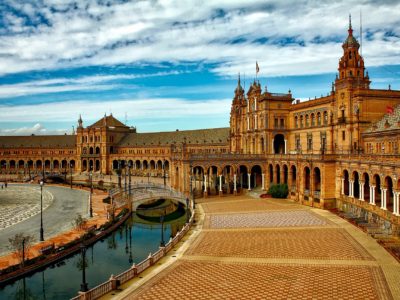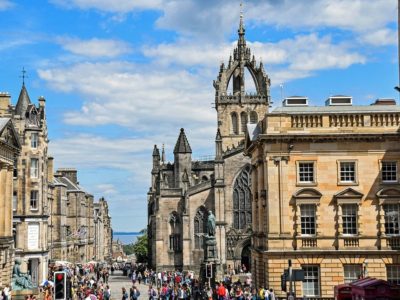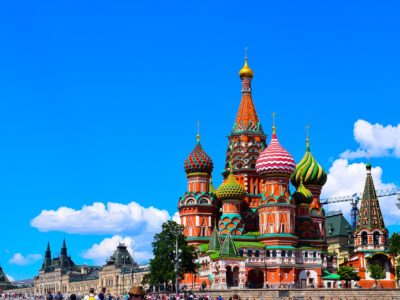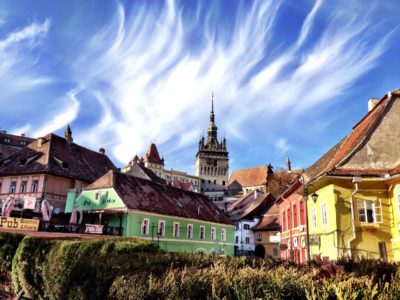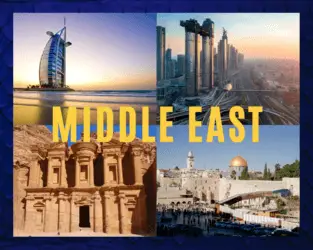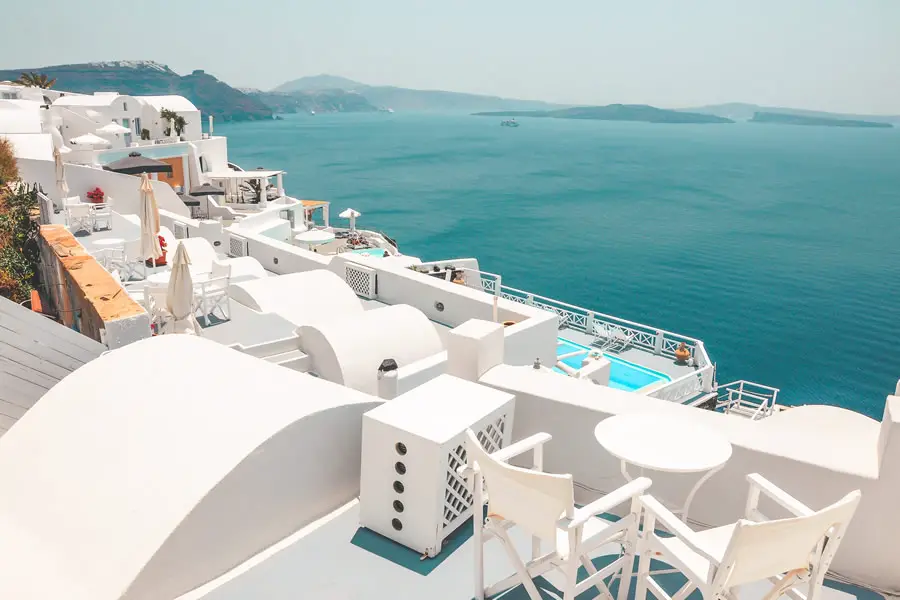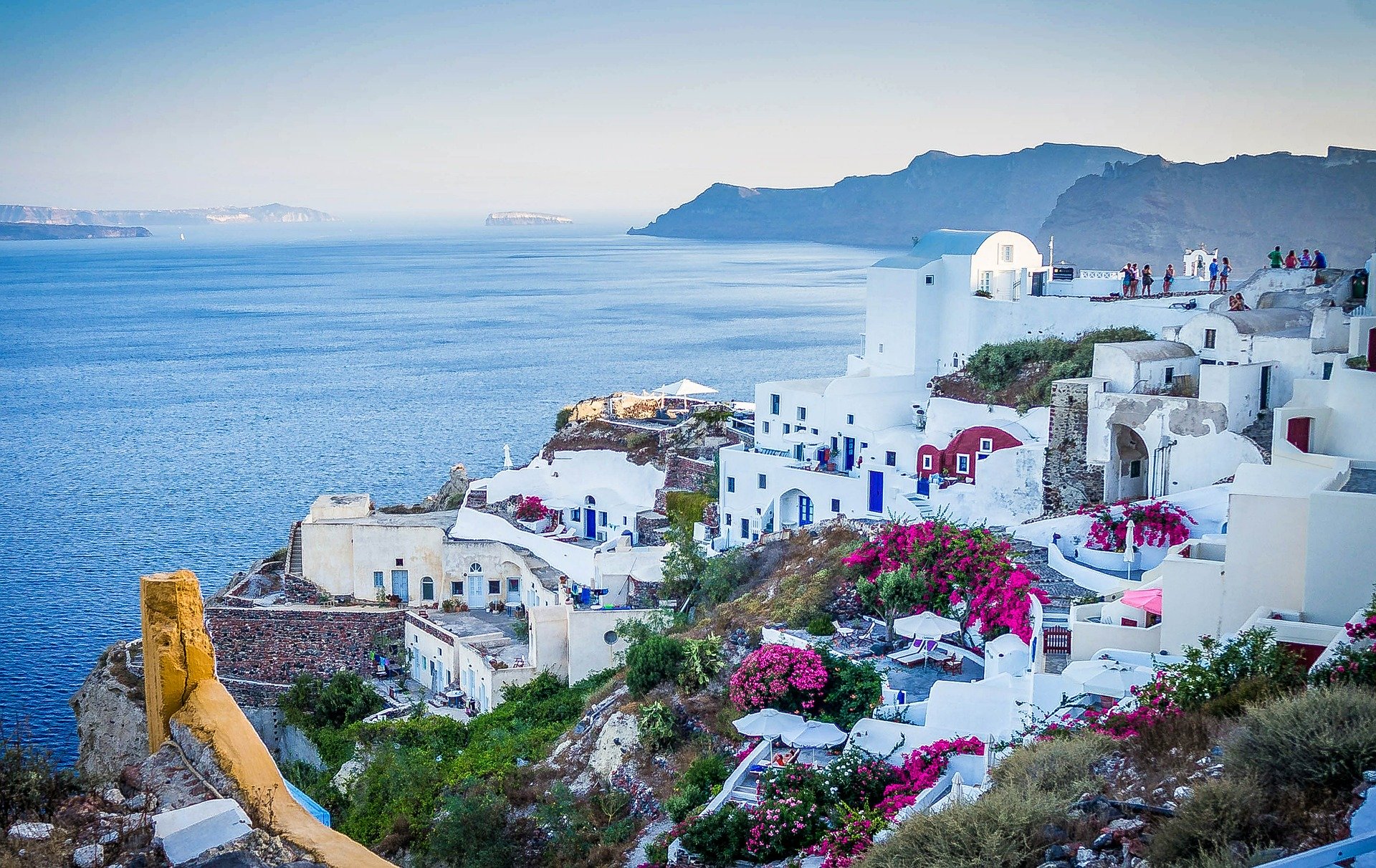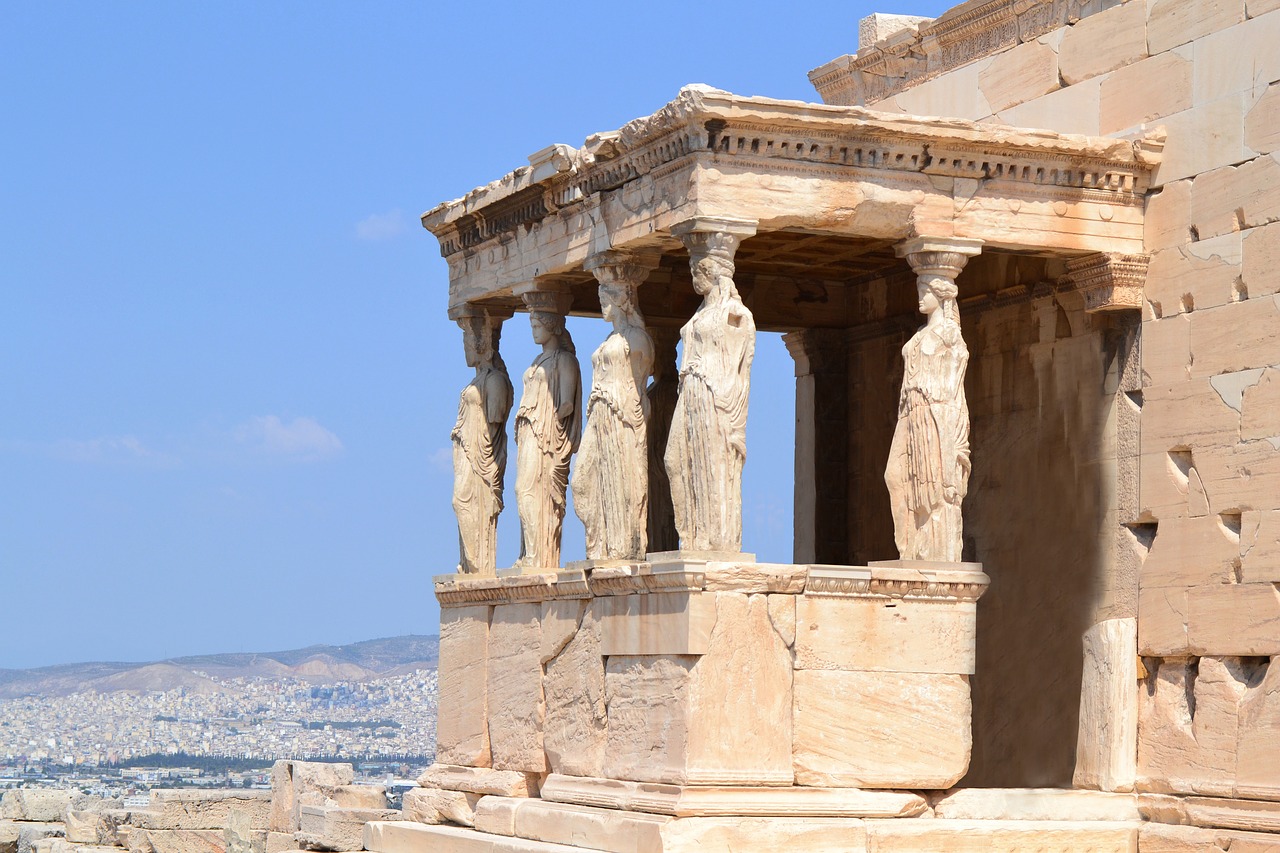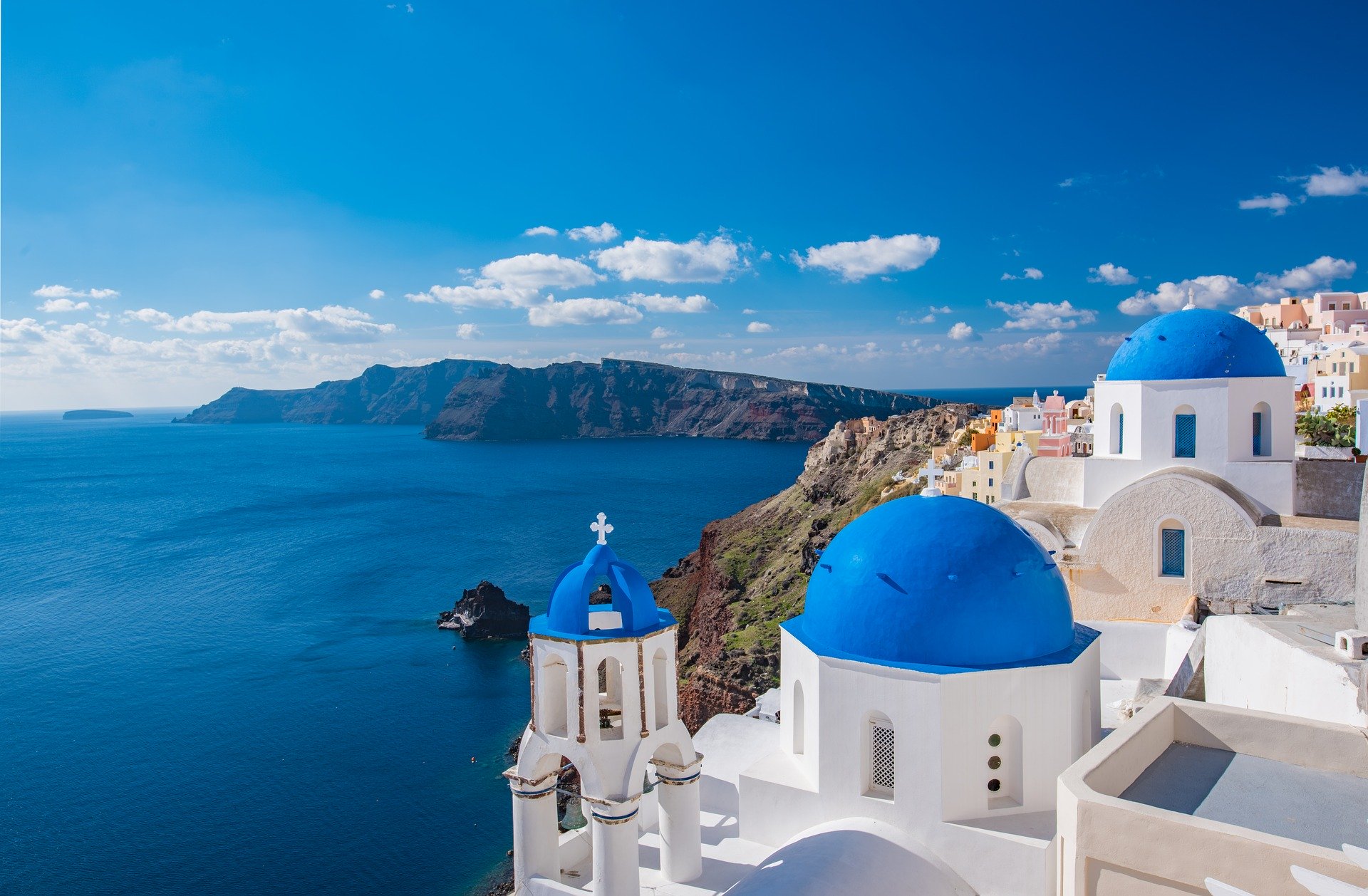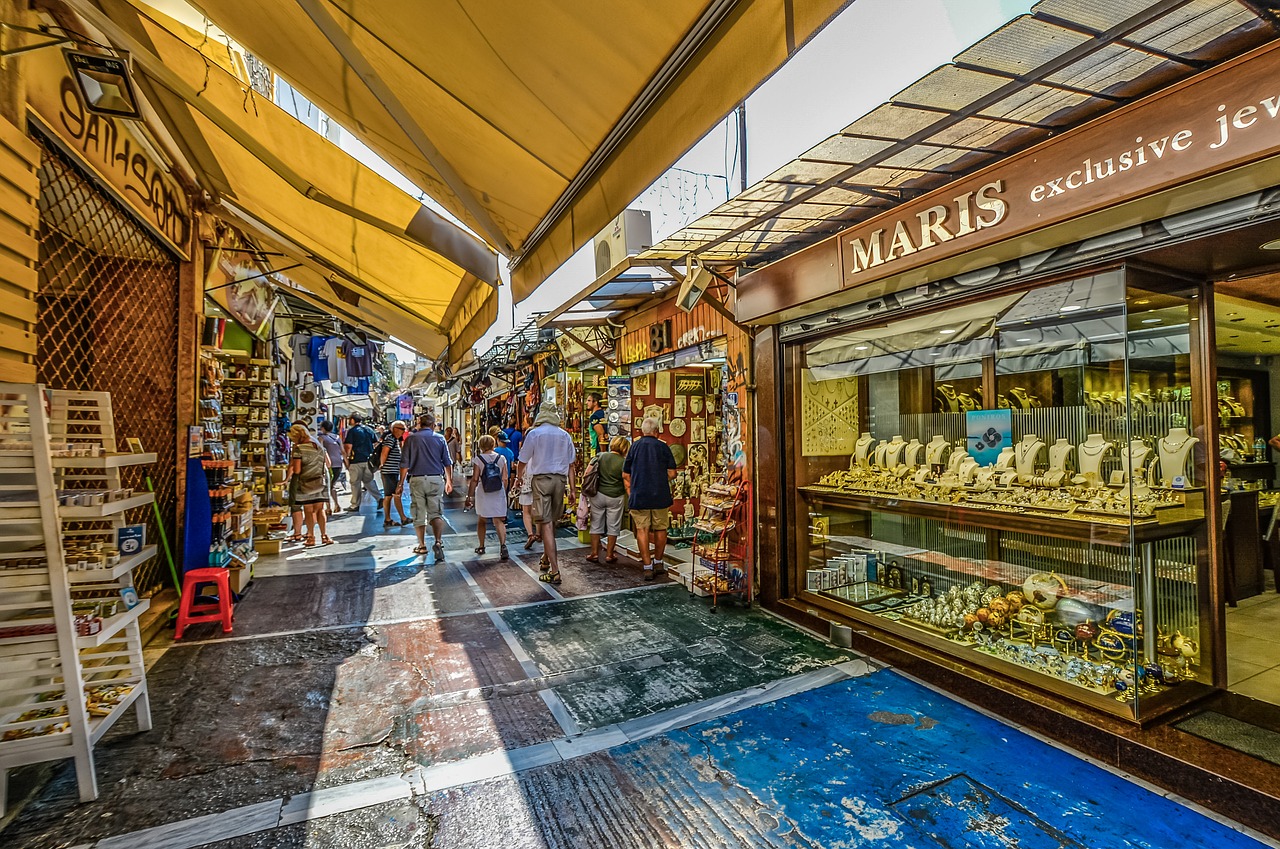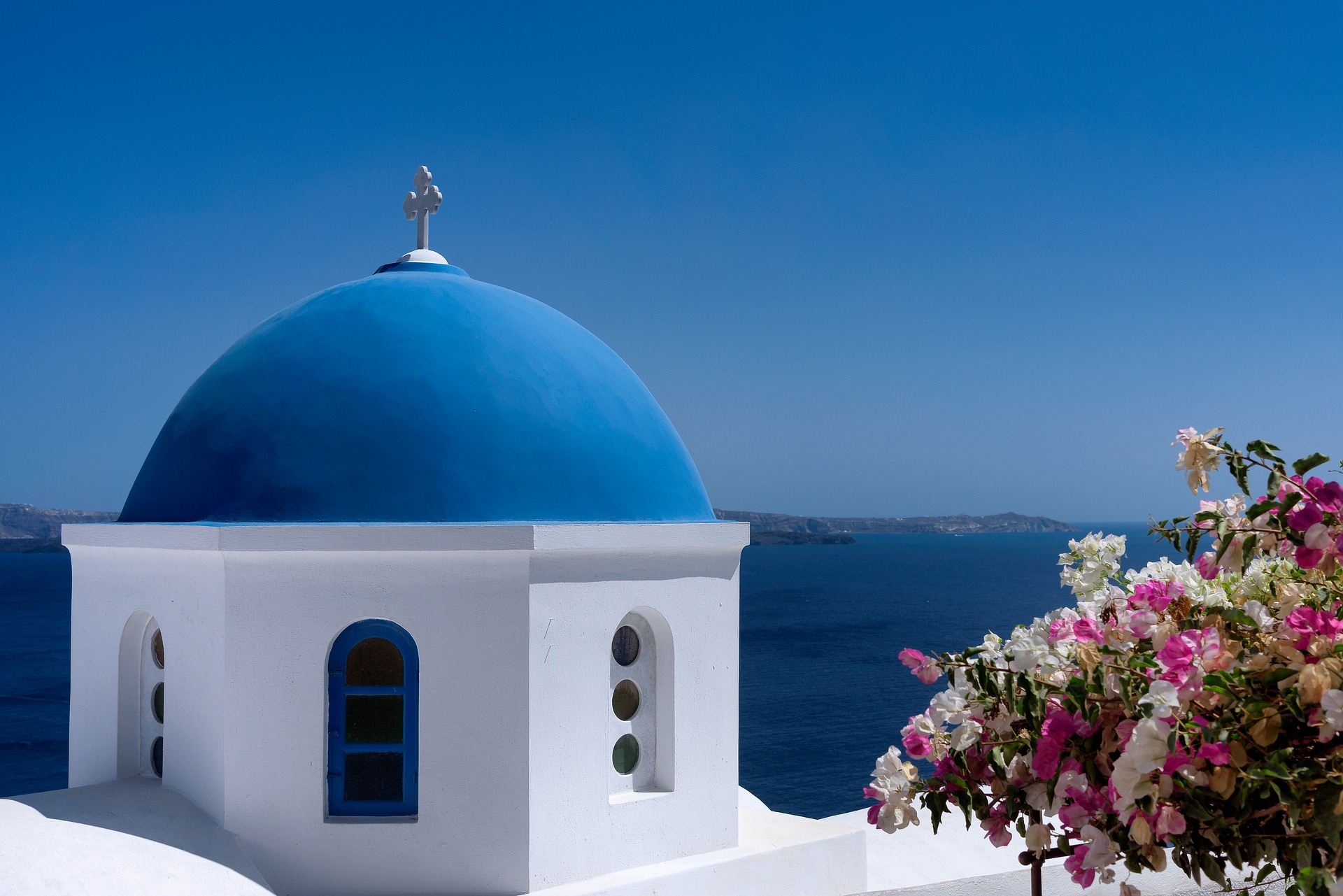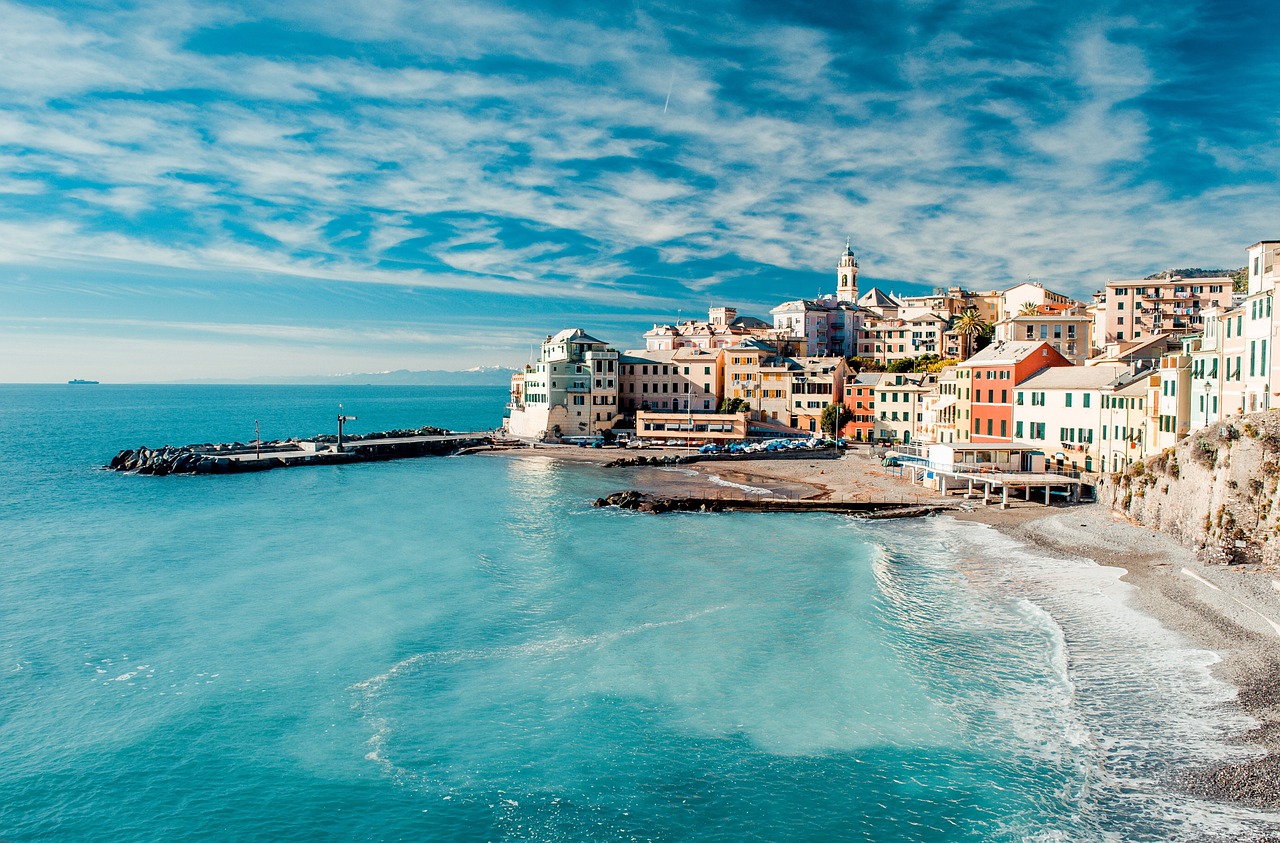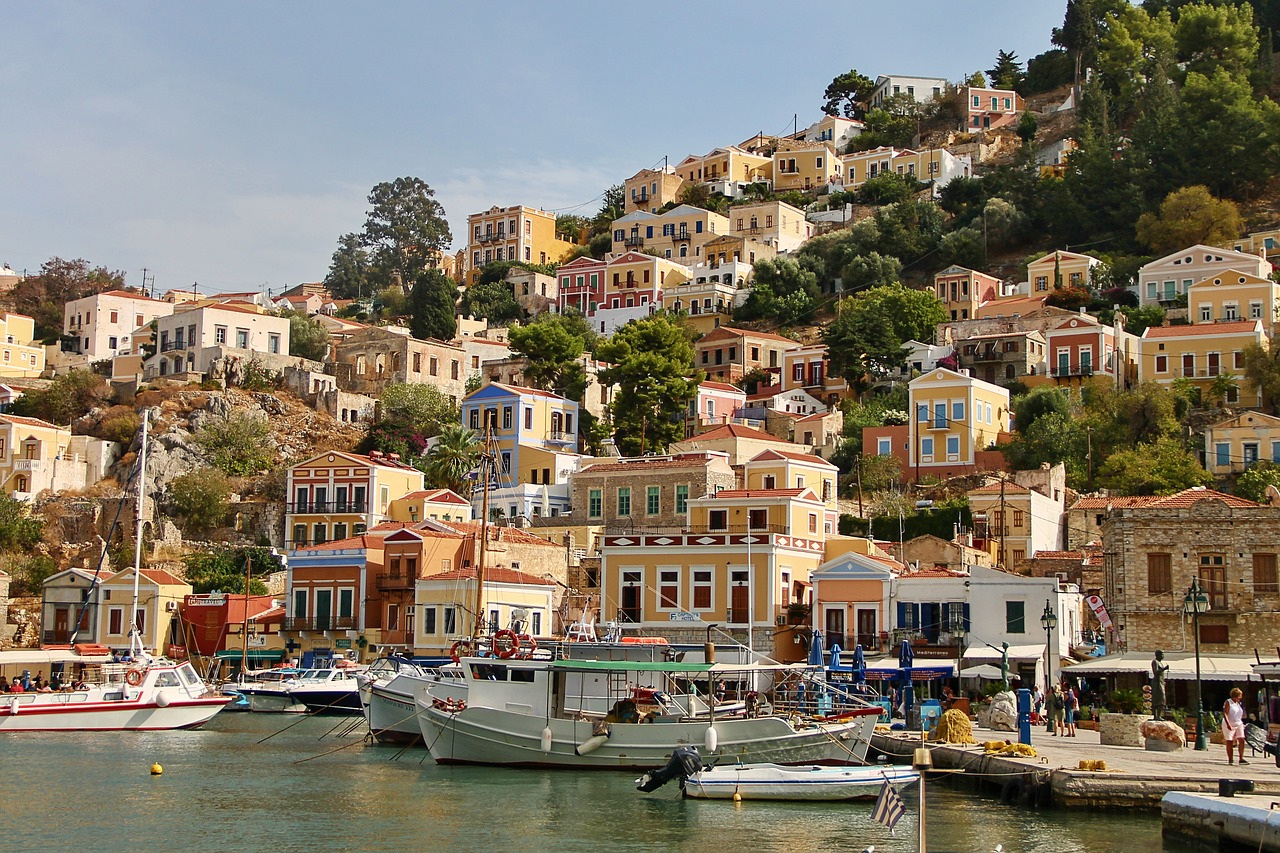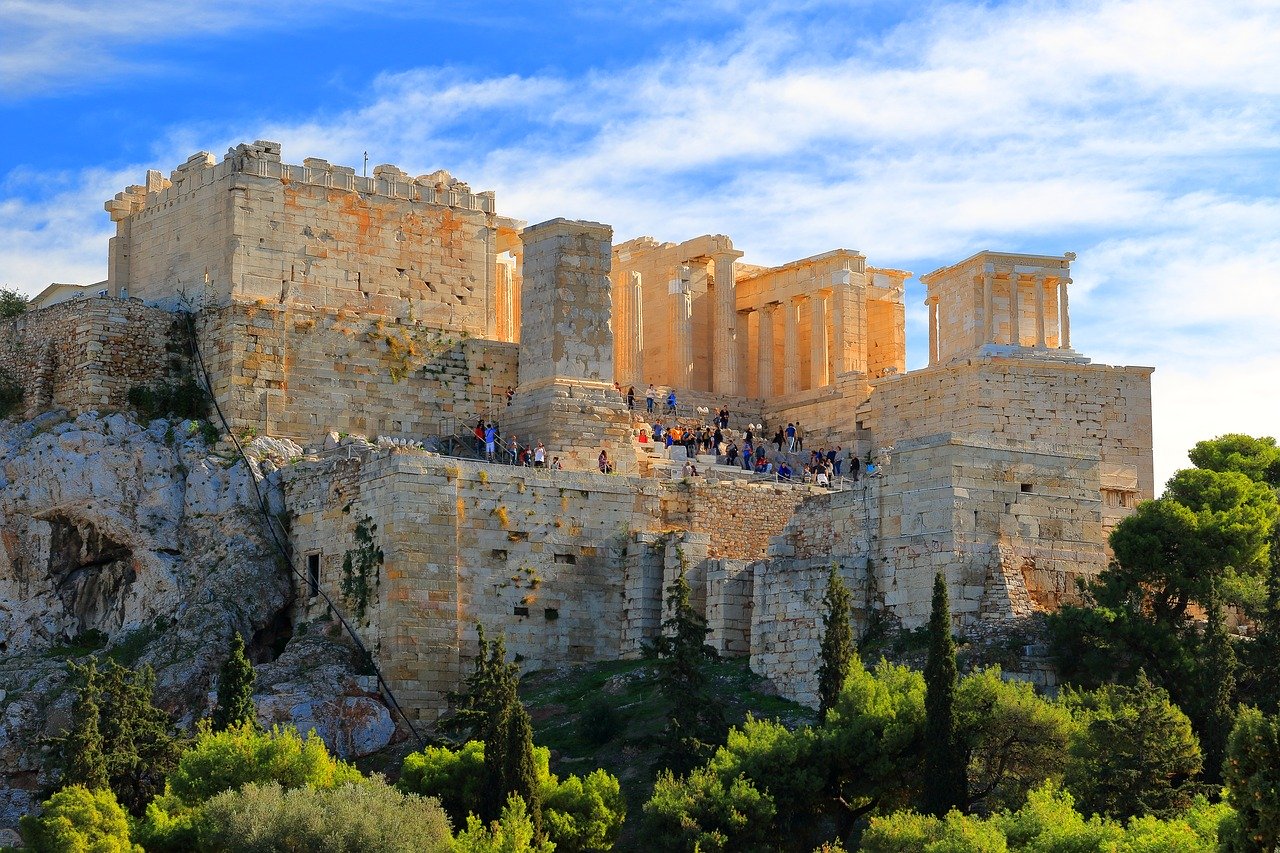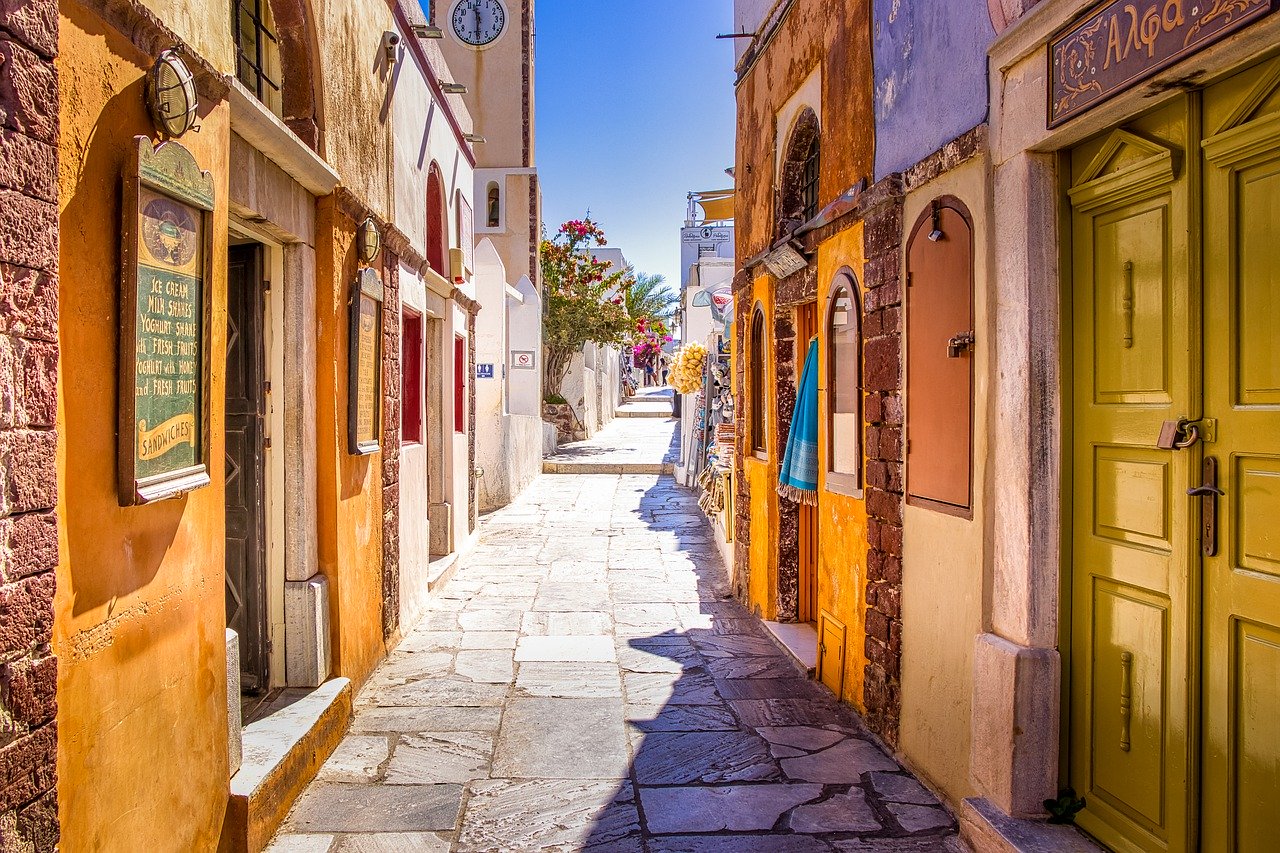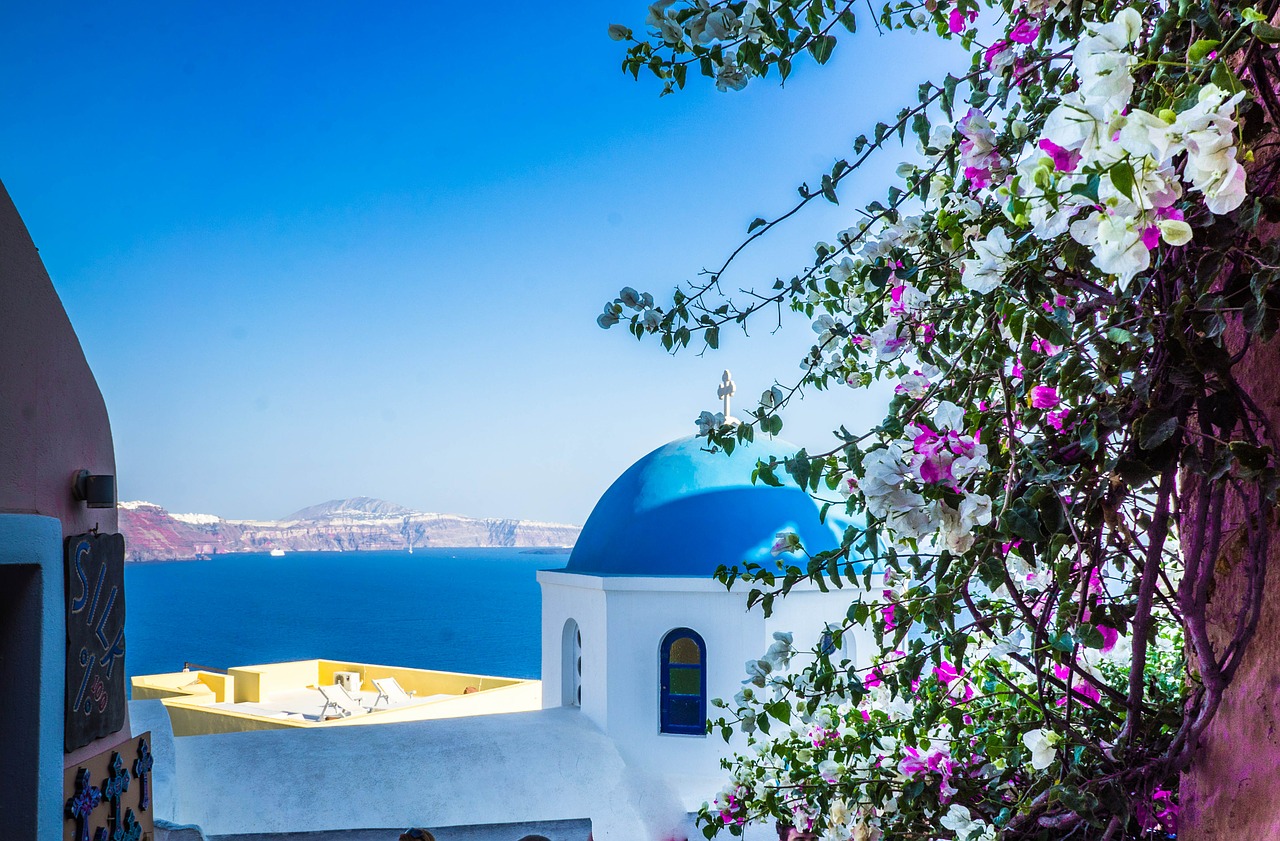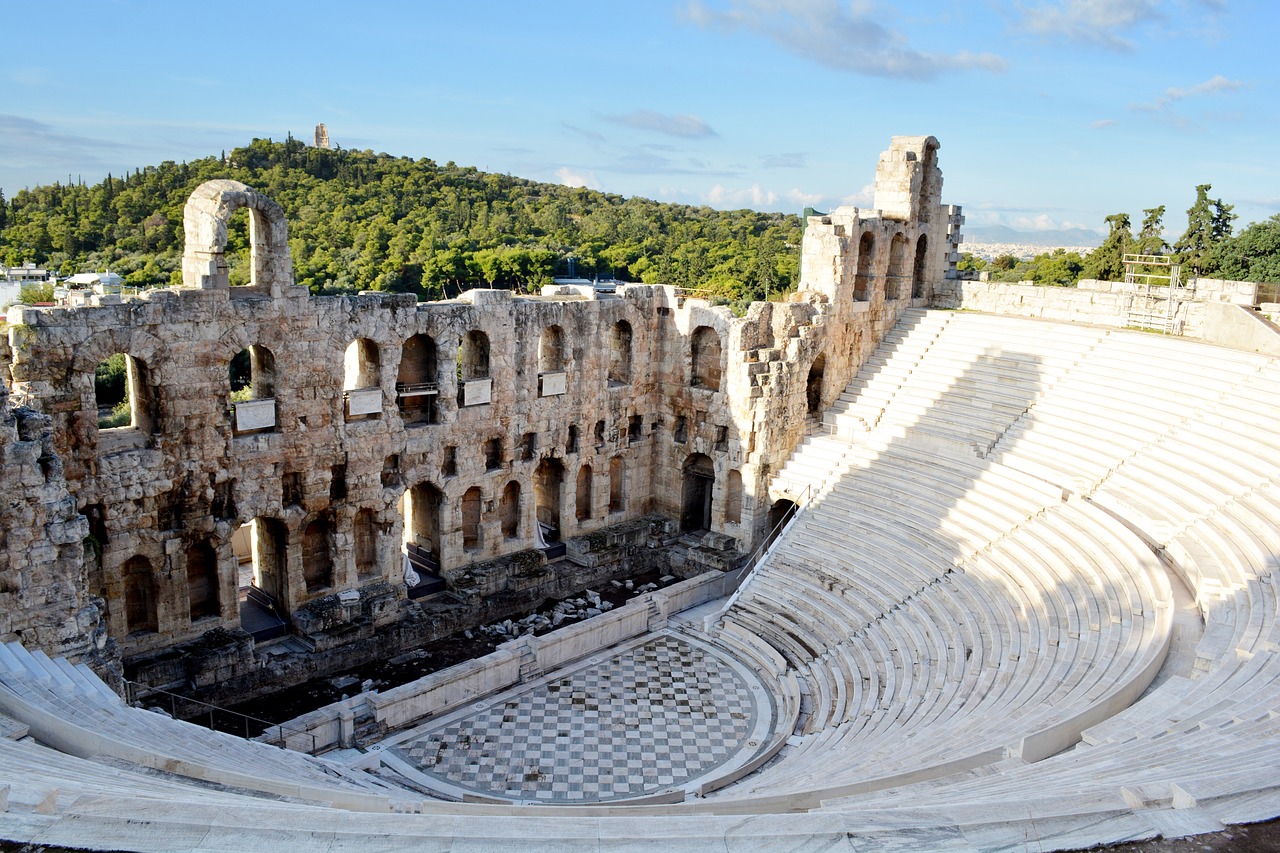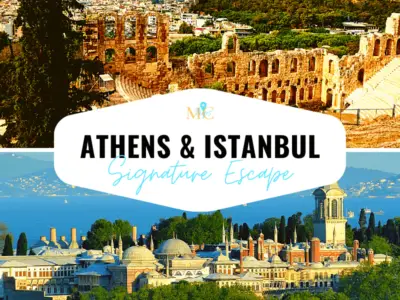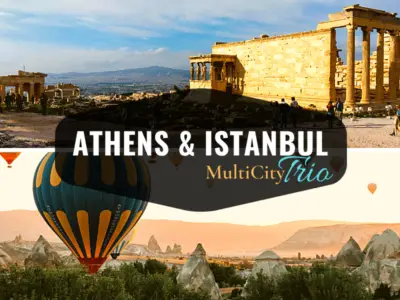Top 5 Places to Visit
The Acropolis of Athens is an ancient citadel located on a rocky outcrop above the city of Athens and contains the remains of several ancient buildings of great architectural and historic significance, the most famous being the Parthenon. The word Acropolis is from the Greek words ἄκρον and πόλις. Although the term acropolis is generic and there are many other acropoleis in Greece, the significance of the Acropolis of Athens is such that it is commonly known as "The Acropolis" without qualification. During ancient times it was known also more properly as Cecropia, after the legendary serpent-man, Cecrops, the supposed first Athenian king. While there is evidence that the hill was inhabited as far back as the fourth millennium BC, it was Pericles in the fifth century BC who coordinated the construction of the site's most important present remains including the Parthenon, the Propylaea, the Erechtheion, and the Temple of Athena Nike. The Parthenon and the other buildings were seriously damaged during the 1687 siege by the Venetians during the Morean War when gunpowder being stored in the Parthenon was hit by a cannonball and exploded.
The Parthenon is a former temple on the Athenian Acropolis, Greece, dedicated to the goddess Athena, whom the people of Athens considered their patron. Construction began in 447 BC when the Athenian Empire was at the peak of its power. It was completed in 438 BC, although decoration of the building continued until 432 BC. It is the most important surviving building of Classical Greece, generally considered the zenith of the Doric order. Its decorative sculptures are considered some of the high points of Greek art. The Parthenon is regarded as an enduring symbol of Ancient Greece, Athenian democracy, and Western civilization, and one of the world's greatest cultural monuments. To the Athenians who built it, the Parthenon and other Periclean monuments of the Acropolis were seen fundamentally as a celebration of Hellenic victory over the Persian invaders and as a thanksgiving to the gods for that victory. The Parthenon itself replaced an older temple of Athena, which historians call the Pre-Parthenon or Older Parthenon, which was destroyed in the Persian invasion of 480 BC. Like most Greek temples, the Parthenon served a practical purpose as the city treasury.
Navagio Beach, or Shipwreck Beach, is an exposed cove, sometimes referred to as "Smugglers Cove", on the coast of Zakynthos, in the Ionian Islands of Greece. Navagio Beach was originally known as Agios Georgios. On 2 October 1980, the coaster MV Panagiotis ran aground in the waters around Zakynthos Island on Navagio Beach during stormy weather and bad visibility. Some rumors claim the ship was smuggling contraband; however official sources did not confirm this, and the captain was not convicted for such offenses. In fact, after the captain alerted the authorities, 29 locals were convicted of looting the cargo and valuable equipment from the wrecked ship. The ship was abandoned and still rests buried in the limestone gravel of the beach that now bears the nickname Shipwreck. The location was prominently featured in the hit Korean drama Descendants of the Sun, leading to a surge of interest among Chinese and Korean tourists. The beach was briefly closed in 2018, and swimming and boat anchoring were forbidden after a cliff collapse over the beach dropped a large amount of rock. The beach reopened and anchoring permitted with restrictions because of concerns about future landslides.
The Meteora is a rock formation in central Greece hosting one of the largest and most precipitously built complexes of Eastern Orthodox monasteries, second in importance only to Mount Athos. The six monasteries are built on immense natural pillars and hill-like rounded boulders that dominate the local area. It is located near the town of Kalambaka at the northwestern edge of the Plain of Thessaly near the Pineios river and the Pindus Mountains. Meteora is included on the UNESCO World Heritage List under criteria I, II, IV, V, and VII. The name means "lofty", "elevated", and is etymologically related to the meteor.
Aristotelous Square is the main city square of Thessaloniki, Greece, and is located on Nikis avenue, in the city center. It was designed by French architect Ernest Hébrard in 1918, but most of the square was built in the 1950s. Many buildings surrounding the central square have since been renovated and its northern parts were largely restored in the 2000s. The twelve buildings that makeup Aristotelous Square have been listed buildings of the Hellenic Republic since 1950.
Source: https://www.google.com/travel/guide













